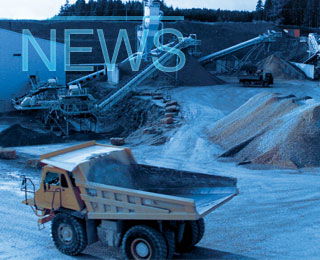Nepal’s Cement Manufacturers Association has urged the government to give the cement sector priority due to its huge potential given the country’s infrastructure and housing requirements.
The government must promote the cement industry because it has huge potential as the country has been witnessing infrastructure development which needs a huge amount of cement, newly-elected president of the association, Dhurba Raj Thapa, said during the ninth annual general meeting of the association, said.
Cement demand in Nepal rose considerably in 2012 to 3.4Mt from 2.85Mt the year before and the growth outlook is strong. The country is in the initial phase of construction development: only basic infrastructure has been built with only recently-started housing projects and shopping complexes. The government has now pledged to accelerate construction of new roads, airports and hydropower projects, but some say the plan is overly ambitious and suffering from delays.
Even a small promotion in the sector could lead the country towards being self sufficient in cement and help substitute imports, he said, adding that the cement industry could also be an export sector if promoted with soft loans and incentives, the Himalayan newspaper quoted Mr Thapa as saying.
Cement production in Nepal has long been dependent on Indian clinker , which supplies around three quarters of the more than 50 plants in the country. Many of the rest use shaft kilns. However, about half the base does not operate consistently and most of the rest struggle to achieve above 40 per cent capacity utilisation due to the non-availability of decent raw materials from quarries, inadequate plant reliability, poor management, lack of suitable labour/skilled engineers or spare parts, power outages and poor supply logistics caused by poor highways. However, new and larger units may well achieve a more secure basis for sustained construction.

Brazil's cement market expands 5% in March
Cement sales in Brazil increased 5.2 per cent YoY to 5.265Mt in March 2025 from 5.006Mt in March...